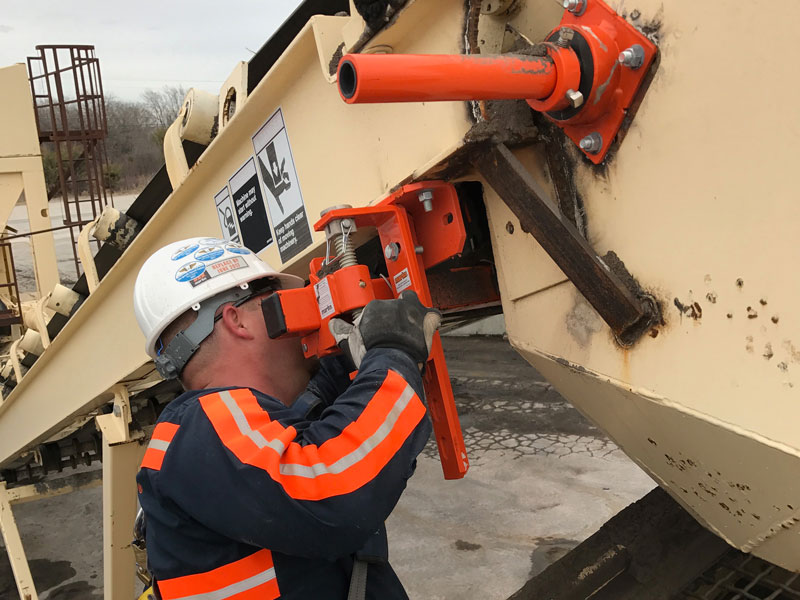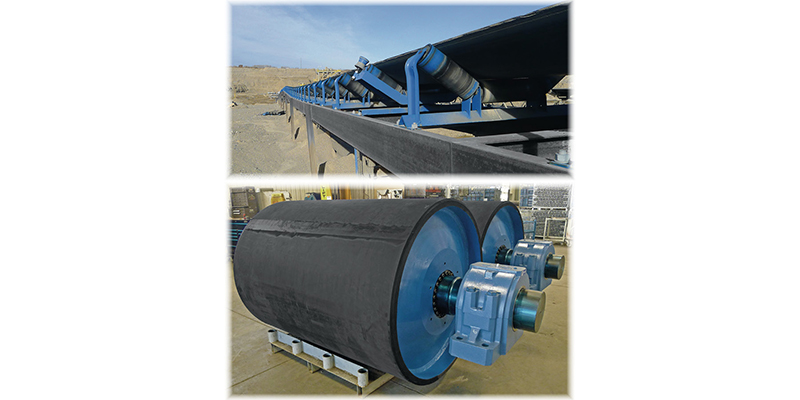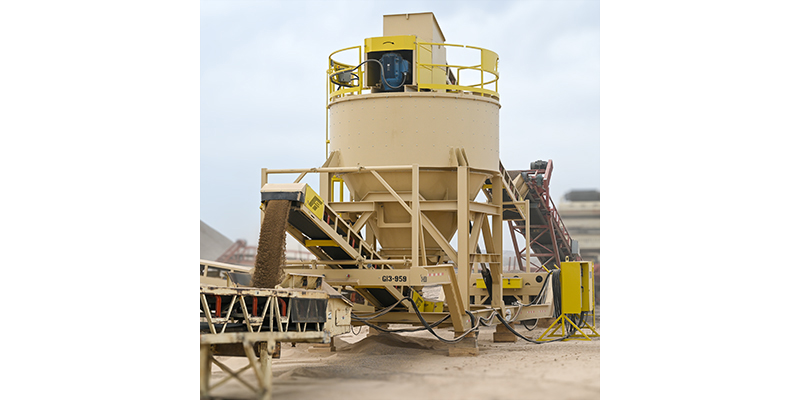The need for conveyor belt cleaning is well established.
Excessive fugitive material can reduce component and belt life by as much as 30 percent, while a multiple-belt cleaner system contributes less than 5 percent to overall belt wear, delivering a significant benefit. Further, the effect of a properly adjusted cleaner on the belt is far less than one that is under- or overtensioned and allows material buildup to contribute to increased wear.
For operators who can’t find a cleaner that works, it could be that the problem isn’t the equipment but rather the maintenance. A managed service relationship may be a solution.
It’s no secret that belt cleaners require frequent inspection and adjustment to perform at a level that meets or exceeds expectations. The optimum solution must include the right belt cleaners that are mounted in the correct positions and proactively serviced to deliver a positive cost benefit month after month.
Correctly installed and maintained belt cleaners reduce direct costs by reducing cleanup labor and indirect costs by improving safety, minimizing dust emissions and increasing component life.
A basic question related to all conveyor systems is whether maintenance personnel are trained to select the proper belt cleaning system, install it correctly, what to look for on inspection, and how to set the proper cleaning pressures. It may sound elementary, but there is a great deal of knowledge and skill required to tune a belt cleaning system to work under varying material – and in environmental and belt cover conditions – while still operating effectively and economically.
Belt cleaner manufacturers know if their equipment is not maintained, the blame typically falls on their components and not on a lack of proper service by in-house maintenance crews. As a result, the money spent on belt-cleaning equipment is often wasted. When performance falls to a level that can no longer be tolerated, the equipment is scrapped and another supplier’s cleaners are installed – only to have the cycle repeat itself.
In contrast, some manufacturers provide factory-trained direct service personnel and replacement parts, delivering expert maintenance for optimum performance and component life. A few will even supply free remote monitoring and reporting equipment.
These managed service technicians are often the answer to common belt cleaning problems. For these technicians, who spend every day assessing and servicing belt conveyors, maintenance and repairs become more of a precise science than a judgment by rule of thumb.
The right equipment
The number and style of belt cleaners required depend on balancing many factors.
First, the level of cleaning required for the application must be established. Aggregate mining can often tolerate more carryback accumulation, because an acceptable level of cleanup can be done with mobile equipment and minimal manual follow-up to keep conveyors operating.
Once the level of cleaning is established, the next task is to determine the type and number of cleaners needed to do the job. Open pit aggregate mining may achieve acceptable performance with a single cleaner.
The trend in belt cleaning, regardless of application, is to plan for two or more cleaners per discharge. In addition to better cleaning from multiple cleaners, there is a redundancy factor that can provide a longer service interval window.
With the level of cleaning and the number of cleaners established, the appropriate materials of construction for the frame and tensioner are evaluated and the best blade for the application is selected.
Effective location
The Conveyor Equipment Manufacturers Association specifies cleaning locations as primary, secondary and tertiary.
The most desirable location for belt cleaners is on or very close to the head pulley in the primary position, so the material can fall with the main flow of material and reduce buildup on dribble chutes.
If cleaning must be done away from the head pulley, cleaners are preferably mounted in the secondary position. If the secondary position is not accessible, cleaners may be mounted in the tertiary position. But this may require a second dribble chute or collection pit.
Many conveyors are designed without much consideration for belt cleaner location, despite the critical role they play in meeting production goals. Poor conveyor head designs often have the structure obscuring the optimum mounting location or simply not enough room at the head to install or access them so they can be serviced.
When faced with these restrictions, just one cleaner or installing it “any old way” isn’t good enough. Facilities should seek out a supplier partner that can make a best decision on equipment and location for their specific situation.












